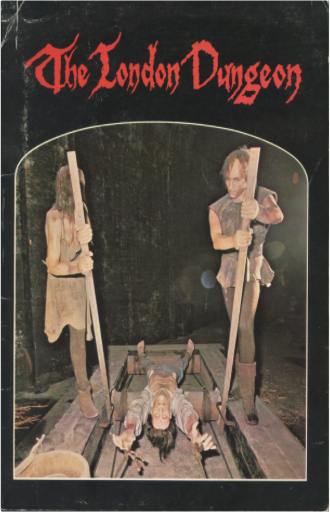 The London Dungeon is a London tourist attraction, which recreates various gory and macabre historical events in a gallows humour style aimed at younger audiences. It uses a mixture of live actors, special effects and rides. 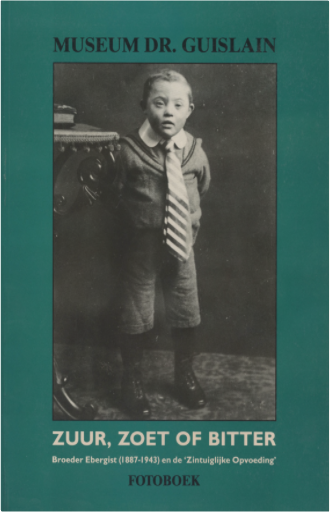  This book (accompanying an exhibition in Ghent, Belgium) asks whether women are really more sensitive to nervous disorders than men. 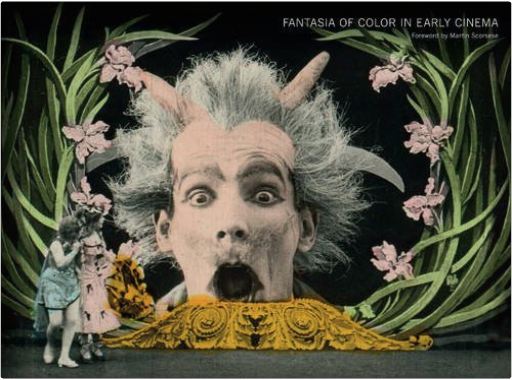 We normally think of early film as being black and white, but in truth, the first color cinematography appeared as early as the first decade of the twentieth century. In this visually stunning book, the authors present a treasure trove of early color film images from the archives of EYE Film Institute Netherlands, bringing to life their rich hues and forgotten splendor. | 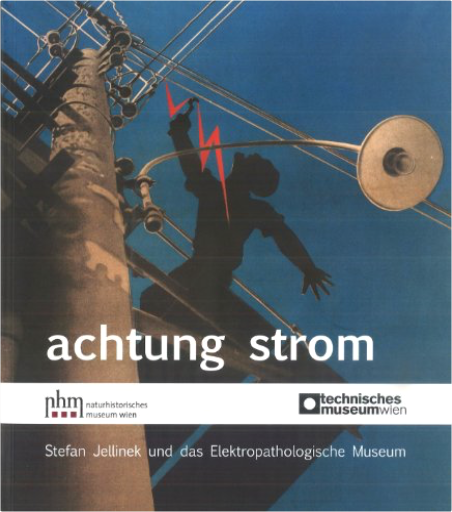 Ende des 19. Jahrhunderts erschien die Elektrizität als Fortschrittsträger der Moderne. Ihre Gefahren für den Menschen wurden anfangs aber unterschätzt.Als der Arzt Stefan Jellinek um 1900 in Wien den Stromunfall als Forschungsfeld entdeckte, gab es nur wenige Vorarbeiten. Mit der Elektropathologie schuf er eine neue Disziplin, habilitierte sich 1908 und wurde 1929 zum a.o. Univ.-Prof. an die Universität Wien berufen. Jellinek widmete sich auch dem Unfallschutz und der Aufklärung über die Gefahren des elektrischen Stroms. Er begründete eine museale Sammlung und veröffentlichte medizinische und populärwissenschaftliche Publikationen. 1938/39 von der Hochschule suspendiert und seiner Sammlung beraubt, emigrierte er mit seiner Familie im August 1939 nach Oxford (GB). Er starb dort 1968.Das Buch dokumentiert erstmals umfassend das Leben und Wirken des Elektropathologen Stefan Jellinek und seine Sammlung. 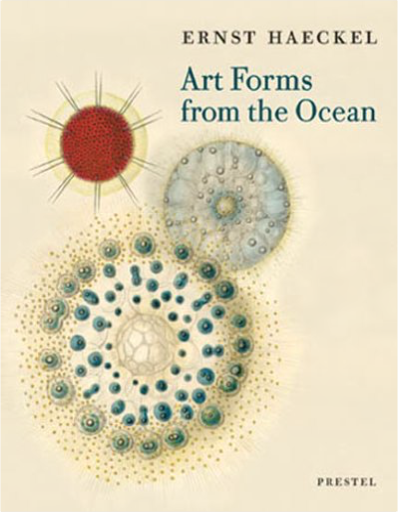 At the nexus of art and science, this dazzling new edition of Ernst Haeckel's first work reintroduces the genius of an enigmatic scientist and passionate observer of the natural world. Although original editions of this book are extremely rare, it is now available for the first time in a paperback edition, beautifully reproducing his drawings and watercolours. While the variety and detail of Haeckel's drawings display an impressive understanding of biological structure, the skill with which Haeckel drew these tiny, aquatic protozoa renders them genuine works of art. This volume features commentary and descriptions of each of the radiolarians from Haeckel's work. 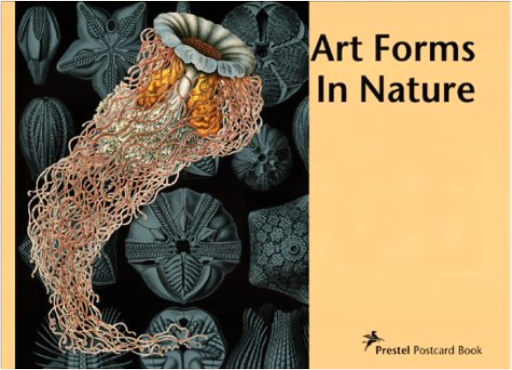 This volume is a postcard book of artists' work to do with nature. 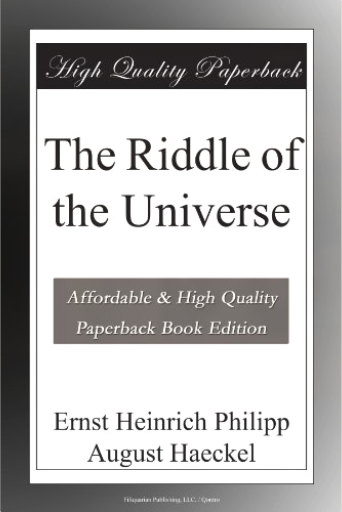 The Riddle of the Universe is presented here in a high quality paperback edition. This publication is a professional scan from an original edition of the book, and of the best possible quality. This popular classic work by Ernst Heinrich Philipp August Haeckel is in the English language. If you enjoy the works of Ernst Heinrich Philipp August Haeckel then we highly recommend this publication for your reading enjoyment. 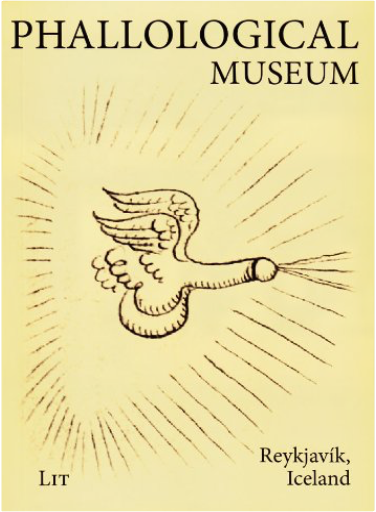 In an age of various kinds of surgical and imaginary penis augmentations, the Icelandic Phallological Museum has appeared on the world stage as a tour-de-force of global castration and local creativity. In this timely book, Professor Sigurjon Baldur Hafsteinsson portrays some of the aesthetic, political, moral, social, and cultural significance of the unique and internationally famous Icelandic Phallological Museum. The book shows that the museum both ridicules and undermines traditions in Western cultures, when it comes to the nature of histories, scholarly fields, and cultural institutions, simultaneously offering an alternative in knowledge production and cultural representation, by focusing on and displaying the highly sensitive subject of penises. (Series: Museums - Past and Present / Museen - Geschichte und Gegenwart - Vol. 7) |

Morbid Anatomy Museum
Collection Total:
1,253 Items
1,253 Items
Last Updated:
Jan 26, 2016
Jan 26, 2016

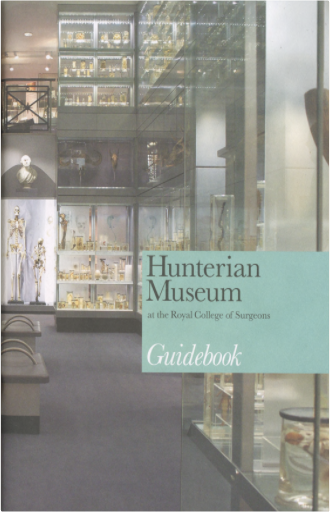
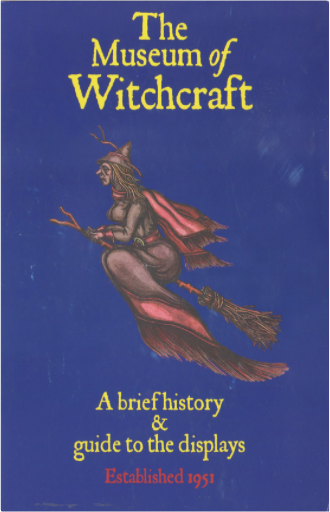
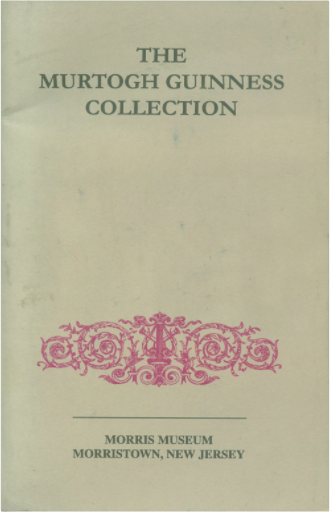
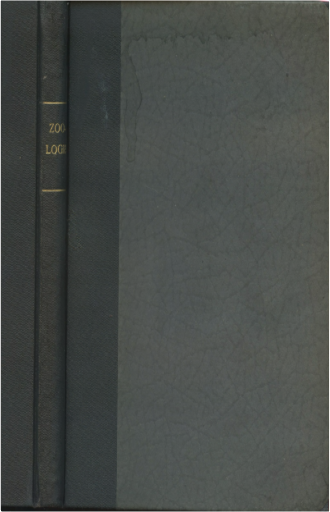
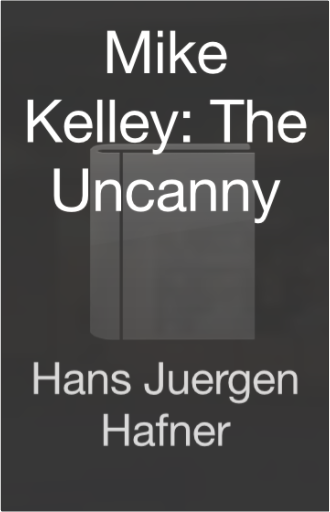
 Made with Delicious Library
Made with Delicious Library